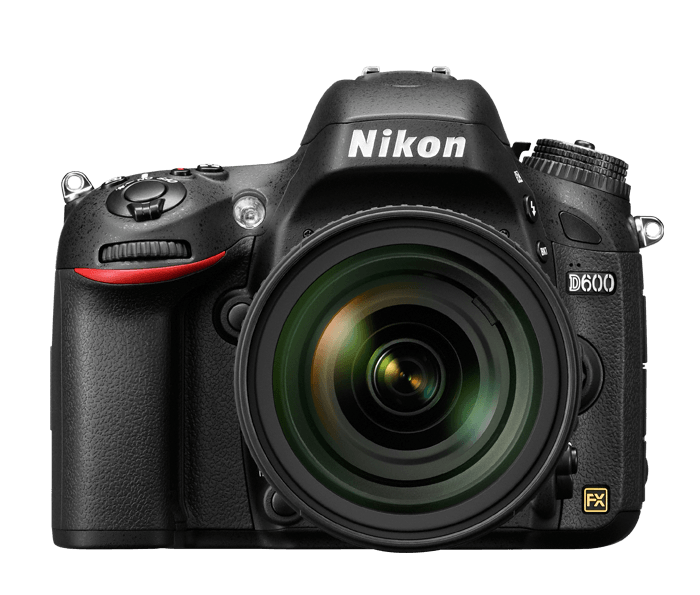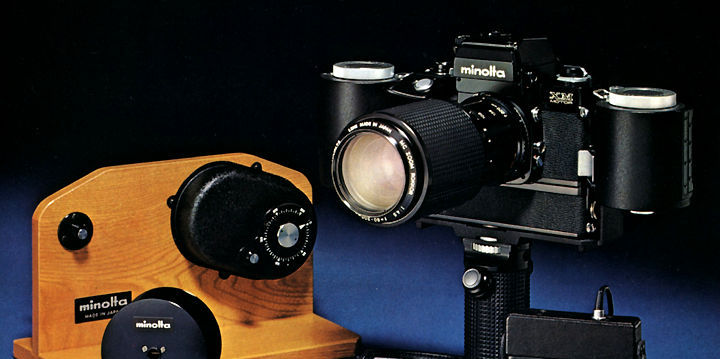When we were all shooting 35mm film, no one ever wondered about crop factors. We wanted features, we wanted sharp lenses, and we wanted value for the quality. Every shot from any camera was 24X36mm (don't quibble about half-frame cameras, that was an entirely different format).
Now, most DSLRs and ILCs are in a version of what is known as the DX format. Most brands use a sensor about 16X24mm, which is about 2/3rds the size of the old stand-by 35mm format. That means that any lens focal length we were used to in our film days now acts like a different lens because of the crop factor. DX vs FX (full frame is called FX in the digital world) crop factor is about 1.5x. So, our memory of 50mm being our "normal" lens is now moot. On a DX sensor camera, that 50mm now is a slight telephoto. It gives us the framing and field of view as a 75mm lens would on 35mm film. But, it is still a 50mm lens. It's just that 50mm now means something different on most DSLRs. Got it? Good!
So, many of us who made the transition from 35mm film to Digital SLRs, really wished we could have sensors in the same size that we were used to. A larger sensor area would also mean an increase in overall digital quality. And, we longed to use some of special ultra wide angles to their full wide viewing ability, which the 1.5x crop factor really affects. Crop factor is a boon to telephoto use, a hindrance to ultra wide angle use.
Well, Canon and Nikon have been making full frame digital cameras for a while. And they have been extremely expensive. For instance, buying a $1000 camera in the film era usually meant the top of the line pro model, but a pro model full frame DSLR might have set you back 5 to 10 times that price.
The good news is that now, there are several FX DSLRs that might be within a regular person's budget. It is a high budget tho, to be sure. From just under $2K to just under $3K for camera with a kit zoom lens.
Three that are available right now are the Nikon D600, Canon EOS 6D, and Sony SLT-a99. (Sony may be offering an NEX (an ILC) FX camera soon.)
An unbiased review site, such as Digital Photo Review, can give you details of quality, features, handling, and many in hand user comments.
I'll be back later to talk about uses of both formats of DSLRs.
Enjoy!













